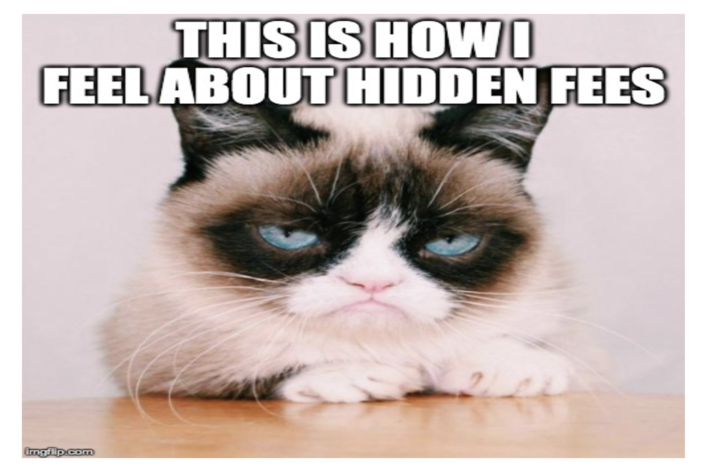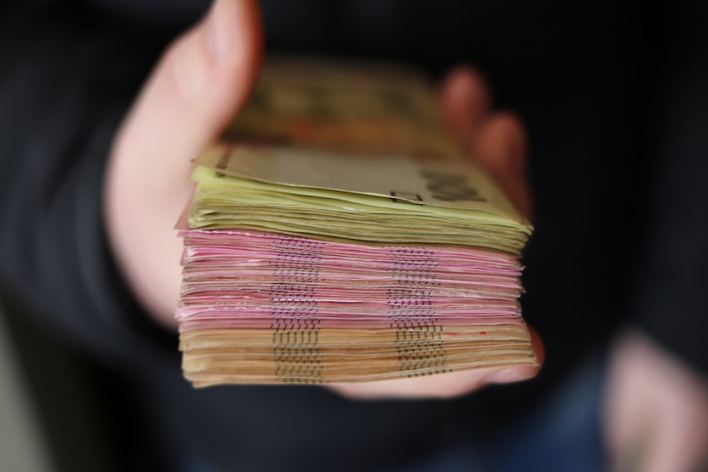Guest Post by our friends at PingPong

If you’ve traveled internationally, you know there are certain costs to expect with when traveling abroad. If you’re in Great Britain, you’re going to pay VAT taxes on practically everything. You’re also going to pay a fee whenever you exchange dollars for pounds.
At first, you may think all currency exchange (or FX) is created equally. You may even be tempted to stop at the first place you see in the airport to exchange some dollars. But, if you’re a more experienced traveler, you know that you can lose a lot of money by not getting a good currency exchange rate.
Selling on foreign Amazon marketplaces is a lot like traveling to a foreign country. There are some hidden profit killers you may not know about initially. Once you know how to deal with them, you can start using savvy strategies to minimize the costs of expanding globally.
In this post, we’ll uncover some of the hidden costs every Amazon seller should know about, and how to minimize those costs to boost profits.
What Amazon Sellers Need to Know About Foreign Currency Exchange
First things first, you’ll want to make sure you’re getting the best exchange rate when receiving payouts from international Amazon marketplaces. If you’re paying high fees on your earnings from foreign Amazon marketplaces like Amazon UK or Amazon Germany, you’re essentially paying a hidden tax.
Here’s how it works. When you sell on Amazon UK, for example, you’ll sell products on Amazon UK, and your customers will pay in pounds sterling. This is because Amazon creates a native experience in each country’s marketplace, so your customers always pay in their local currency. If you sell on Amazon Australia, your customers will pay in Australian Dollars. If you sell on Amazon Japan, your customers will pay in yen.

That means you’ll be paid by Amazon in the local currency of your customers. If you’re already selling in a foreign country, you may think that Amazon pays you in dollars. That’s only partially true. The payout you receive from the foreign marketplace you’re selling on, say Amazon Germany, will originally be in Euros. If you do nothing, Amazon will automatically exchange your earnings using its Amazon Currency Converter for sellers. You’ll never have to exchange your foreign marketplace payouts because Amazon Currency Converter does it before it hits your bank account every two weeks.
Finding the Hidden Costs of Amazon Currency Converter

The exchange takes place seamlessly with Amazon Currency Converter. It’s super convenient. Almost without you noticing. What you may not see when you receive your payout in dollars is how much you were charged for exchanging Euros into US Dollars. Amazon charges a fee to convert currency, which amounts to about 3.5-4.5% by some reports in the Amazon Seller Central forums.
Amazon won’t tell you this rate upfront. With Amazon Currency Converter, there’s no explicit fee because the costs are buried in the transaction. Amazon explains the cost of using Amazon Currency Converter, “All fees and charges related to your use of Amazon Currency Converter for Sellers are included in the exchange rate.”
It’s that lack of transparency that often frustrates sellers. The first step is to figure out the rate you’re paying. Just don’t settle for using Amazon Currency Converter without knowing how much it’s costing you. Be sure to look closely at the amount you initially received in local currency and the final amount in dollars to calculate the rate you paid.
If you’re selling on foreign marketplaces, finding the hidden fees in Amazon Currency Converter will be an important step in taking control of your global expansion. If you decide to pay for the convenience of using Amazon Currency Converter, at least you’ll know how much they’re charging you. If you decide to look for another option, you’ll be able to compare costs. Then you’ll know how much you could be saving by receiving your international Amazon marketplace earnings another way.
How Can Amazon Sellers Lower International Costs?
There are a few different options for global sellers who want to lower their currency exchange fees. Which you choose depends on how large your business is and how quickly you plan to expand.

Opening a Foreign Bank Account for Your Amazon Business
Because you’ll need to receive Amazon payouts in a different currency, many Amazon merchants opt to open a bank account in the country they’re selling in. The pros of this method are:
-
You’ll probably be able to get a better exchange than with Amazon Currency Converter.
-
You’ll avoid certain additional currency conversions because you’ll hold your currency in the same form you received it.
There are some hurdles with this solution, though, including:
-
It’s difficult to open up a foreign bank account in certain countries.
-
Some countries require having a physical office location in that country.
-
There could be additional accounting and administrative requirements for keeping your account in good standing.
-
There can be language barriers with the bank itself.
Even if you successfully open a bank account in your first foreign market, each country will be different. You’ll have to open a bank account in each one where you do business. That means you have to restart the process and deal with the local account requirements for each country every time you start selling in a new country.
As you can imagine, the amount of administrative work it takes to maintain all of those different accounts add up to bigger and bigger costs as you add more and more markets for your Amazon products. This is why many sellers choose to look for an option that’s less like a traditional bank and one that’s geared towards e-commerce businesses.
If you do elect to open a foreign bank account, always be sure to check the company’s licensing and read reviews to see if there are issues with processing payments on time.
Global Currency Accounts for Online Sellers
For many sellers, a global currency account that integrates with Amazon’s marketplaces solves their problems. A global currency account is a virtual bank account that works in countries around the world. With a single account, you can hold and exchange different currencies – without ever having to go to that country to open up a bank account.
A good account will also allow you to hold money without charging you monthly fees, plus give you lots of flexibility to manage your money. For example, a good global currency or cross-border account, like the kind from PingPong, doesn’t have minimums for how much you can hold or transfer at one time.
Making VAT Payments
This kind of global virtual bank account comes with unique benefits for better managing the costs of currency exchange and for better managing your business. Let’s look back at our example of selling on Amazon UK. Eventually, you’ll need to make VAT payments for your business. If you’re using Amazon Currency Converter, your earnings are being automatically converted into US Dollars. That means once it’s time to pay your VAT to the UK government (Her Majesty’s Revenue & Customs), you’ll have to transfer your dollars back into pounds and pay double exchange fees.
Each time you exchange currency, there’s a fee. The one thing you never want to do is exchange your currency even one more time than you have to. A global currency account simplifies the number of touches (fees) on your hard-earned profits by reducing the number of currency exchanges you need to make.
With a cross-border account or global currency account, you can avoid those kinds of nasty double currency exchanges. Just keep part of your earnings in pounds if you know you’ve got a VAT payment coming up. Some of the best global currency accounts designed for Amazon sellers allow you to make VAT payments directly from your account for free.
Paying Global Suppliers
The process of paying global suppliers can be simpler and more cost-effective with a global currency account, too. If your account has a supplier pay feature, you can pay suppliers directly from your account in the local currency you already hold. You can also exchange currency at a low, flat-rate to pay a supplier in China; a good global currency account will always be transparent about fees. You can even save and organize payment info for your suppliers, which makes paying your repeat suppliers a breeze. Plus, keeping all your supplier payments in one place makes accounting time easier.

Moving On
There’s never been a better time to begin selling internationally. Recently, Amazon introduced a new international seller plan that gives you access to North America, Europe, India, Japan – all for one low rate per month. But you have to be smart about finding the best financial services designed for global e-commerce sellers to keep fees low and profits high. Do your research, and be sure to check the licensing for any company you’re considering.
To learn more about PingPong and how we're helping Amazon sellers expand globally, visit pingpongpayments.com.

